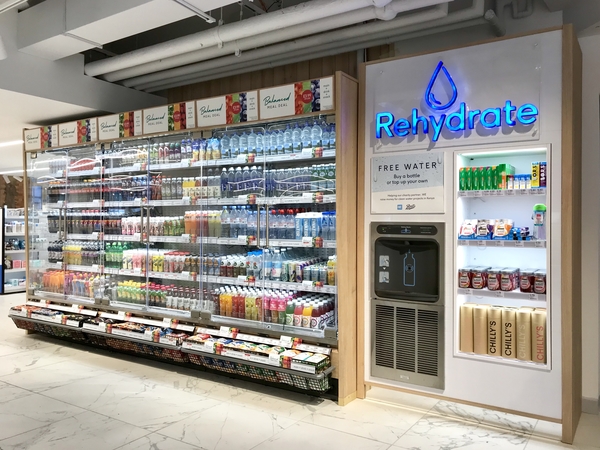Well, well, well

Now that wellness has made the transition from idealistic to realistic, and has ingrained itself as an option for consumers’ well-being, companies are seeing this translate into noticeable effects on their bottom line.
Boots is a case in point. Already established on the high street as a reliable and transparent brand, the retailer is hoping to capitalise on the consumer’s willingness to spend further in this and associated areas.
A new retail format, showcased recently in London, aims to place the nation’s pharmacy-cum-beauty provider at the centre of wellness with a hub offering its biggest ever wellness range: 36 new brands and more than 300 new lines. Nutricosmetics – ingestible products that have physical benefits – are on the horizon.
An increasing number of brands are supporting Boots (and wellness generally) with growth in natural ingredients, and brands that promote a focus on health and wellbeing winning out. Consumers welcome detox and clean eating, chia seeds and coconut oil, almond milk and spirulina.
Food and drink is not alone though – vast amounts of technology is marketed through the wellness industry, via apps and fitness devices. And, this will rise further as technology gets smaller and faster.
While the new food and drink lines are designed for the more active among us, they’re also intended to be consumed by those outside of a weekend warrior’s lifestyle. Traditional retailers are choosing to collaborate with businesses offering performance foods that can be eaten anytime and anywhere.
It’s an approach that’s been so successful that some of these collaborations have turned into permanent lines.
Perhaps the key to wellness is that it’s extremely understandable and approachable. The foods win off the back of that if they’re tasty, nutritious and seen to have a health benefit.
As food transcends into wellness through new formats, sophisticated design language, and new products, food and wellness brands must start to think about how to expand their offer, while retailers create environments that reflect these values.
Wellness is set to carry on growing. Consumers’ attitudes and values are that feeling good is the new way to look good. Environments are being designed to reflect these values and make people feel good for just having been in them – the lighting, design, use of space etc.
Savvy brands will include these offers into their wellness hubs – nutritional counselling will become more automated and personalised, and consumers will demand more from their sources of food products. Specific diets and functional food trends and ingredients will increase.
For food manufacturers, understanding how to position products and the ability to target specific consumer segments will become critical for continued growth.



